Crab Urine and Oysters?
Oysters are incredibly important to marine coastal environments, they filter toxins and particulate pollution from the water. Oysters can filter up to 55 litres of water per day, which is significant in areas where human pollutants like phosphorus and nitrogen are high.
Shellfish around the world have declined by 85% over the last few hundred years, primarily through over harvesting and latterly pollution. However that is not the only threat they face (spoiler alert, there’s lots), and in 2200 characters it’d be difficult to give each threat to oysters enough space, so we’ll focus on the ones related to crabs.
The Blue Crab is a big predator of oysters, and we’ve noted before at how voracious they can be when it comes to hunting. But scientists working on Dauphin Island on the coast of Alabama, in the United States have come across a curious chemical reaction from the presence of crabs.
When exposed to the urine of Blue Crabs, oysters have been found to harden their shells. In the presence of crab wee, their shells can grow to be 50% stronger.
As a result, these scientists have been extracting crab urine and isolating its compounds to allow for further testing. Somewhat grimly this was done by sticking a catheter into the crab’s face (which is where the wee from remember?).
Under ongoing research, the synthetic crab wee chemical will be introduced to populations of oysters to see which formulation has the greatest effect. Macabre innovations like this have often been at the forefront of science, so let’s hope that some good comes of it.
Despite oysters being beneficial to water health, there are still issues with their farming.
Naturally, oysters attach themselves to the seabed itself, and they have been traditionally cultivated that way. However modern methods grow them on raised beds above the sea floor. A 2016 study from the South West of France found that these methods interrupt the tidal pull of nutrients in the water and vastly increases sediment levels. The study also found that areas with intensive oyster farming had net lower nutrient levels in the water.
Shock horror, human interactions with the environment are complicated.

